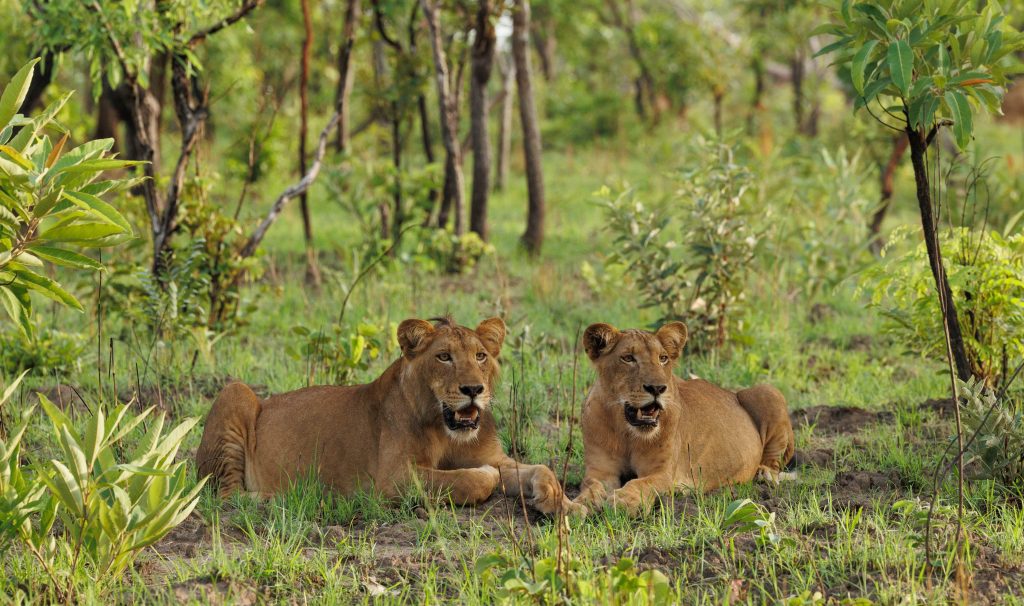By The North Journals News Desk
A new report by environmental researcher Trésor Daniel Mefire underscores the pivotal role of protected areas in Africa — not just as sanctuaries for biodiversity, but as engines for sustainable development and community empowerment. Yet, the report warns that without urgent investment and stronger local involvement, these natural havens may buckle under pressure from poaching, deforestation, and underfunding.
In “Protected Areas: Safeguarding Nature, Empowering Communities, and Securing Africa’s Future,” Mefire writes, “Protected areas are indispensable instruments in global conservation efforts, serving as vital sanctuaries for biodiversity and critical providers of essential ecosystem services worldwide.”
Across Africa, protected areas shelter iconic wildlife such as elephants, gorillas, and lions. They also sustain millions of people who rely on nature for food, water, medicine, and income. Countries like Cameroon — with roughly 21% of its land protected and a goal to expand that to 30% by 2030 — offer a unique window into the continent’s complex conservation landscape.
Yet, many of these areas are in crisis. The report highlights alarming challenges: poaching, illegal logging, agricultural encroachment, and limited government funding. In Cameroon’s Bouba Njida National Park, for instance, mass elephant killings have drawn international outrage.
“The effective management of protected areas with lion populations alone requires over $1 billion annually — a figure far exceeding current budgets,” Mefire explains.
Despite these challenges, grassroots innovation is leading the way. In Cameroon, local organizations are demonstrating how conservation and community development can go hand in hand. The Cameroon Gender and Environment Watch (CAMGEW), for example, has introduced beekeeping and sustainable farming in forest communities, reducing bushfires by 60% and boosting women’s incomes by 30%.
“Community participation ensures that protected areas benefit local people, fostering stewardship and reducing conflicts,” writes Mefire. “Incorporating traditional knowledge and promoting equitable access to resources enhance both ecological and social resilience.”
Meanwhile, Hope Environment Cameroon, another community-based group, has restored 50 hectares of degraded forest in the East Region, planting 10,000 native trees and helping Indigenous groups secure land rights. These efforts align with the Kigali Call to Action, which promotes inclusive conservation that blends Indigenous wisdom with modern science.
Cameroon’s protected forests, particularly those within the Congo Basin, are also global carbon sinks — storing more than 8.5 gigatons of carbon. Yet, they’re under siege, with deforestation rates rising by 1.2% annually, according to Global Forest Watch.
Mefire emphasizes that while Cameroon’s national policies are on the right track, implementation requires bold financial strategies. “Current management budgets average just $3 per hectare, far below the $20 needed for effective enforcement,” he notes. He recommends innovative financing tools like green bonds and payment for ecosystem services (PES) to close the gap.
Ultimately, the report calls for a shift: from top-down conservation to community-centered stewardship.
“When environmental protection, economic development, and cultural preservation are aligned,” Mefire concludes, “protected areas become catalysts for regional resilience. By integrating environmental protection with social equity, protected areas can secure a sustainable future for both nature and people.”
For Further Reading
To explore the full report and its detailed analysis, see the attached PDF:Protected Areas by Trésor Daniel Mefire.


